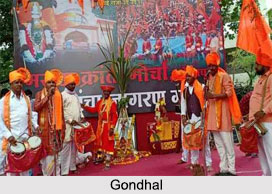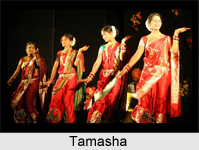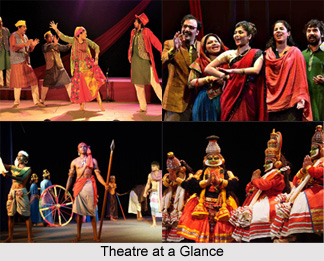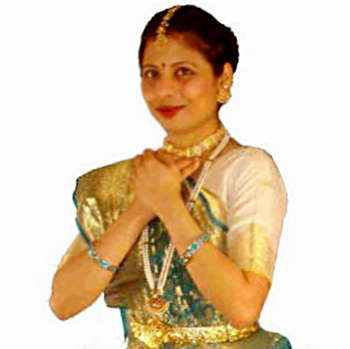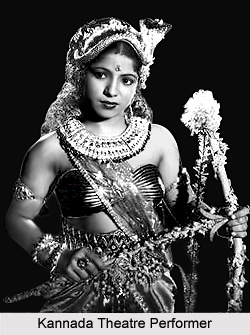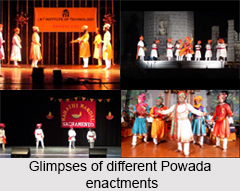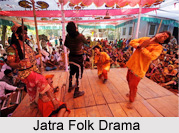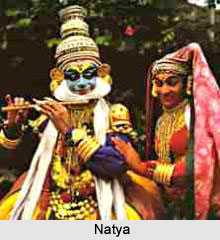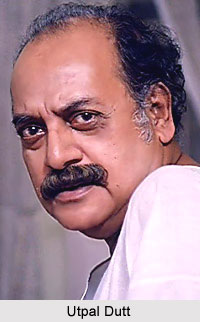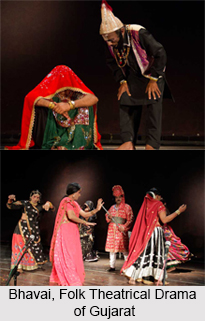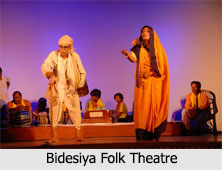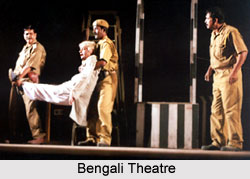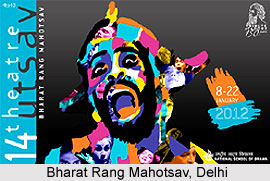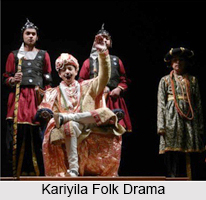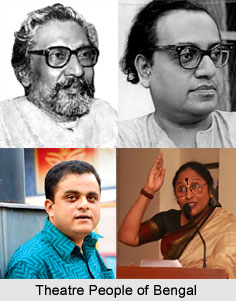Brij Lai Shastri is a scholarly person of the Punjabi theatre. He was born in the year 1894. Brij Lai Shastri wanted his qualities of poetry to flourish in the ambience of ancient Sanskrit poetics. This influenced him deeply through his education and the Arya Samaj movement. It is a different matter, though, that his plays could not set a trend in Punjabi drama. Puran natak or `Puran`s Drama` in 1919 was Brij Lai Shastri`s first original play. This play was meant to exhort people against polygamy. It followed Sanskrit dramaturgy in fitting two dozen scenes into three acts, including farcical sequences drawing their tone from Punjabi folklore to entertain the audience. This fragmented structure was naturally marked by an uneven texture. Shastri also translated two of Bhasa`s classics into Punjabi in 1922.
However, the two subsequent plays were more unified in composition and performance. Taking material from the Mahabharata, Shastri sought to show ancient customs and traditions as edifying. Published as Savitiri-Sukanya or `Savitiri and Sukanya` in 1925 they upheld the veracity of rite. This was the basic law of morality governing and organizing the functioning of the universe. In the first play, its vehicle is Savitiri, the mythical heroine who finds her equal in merit in Satyavan, destined to die after their marriage. Rising to the norm of a dutiful wife, she follows the god of death to bring her husband back to life. In the second play, rite ordains Sukanya to marry the disfigured sage whom she has blinded by playfully inserting needles into his eyes. Her unwavering attachment mollifies the gods so much that they ultimately agree not only to restore his eyesight but also to transform him into a handsome youth. Both works are faultless in structure and texture.
Brij Lai Shastri died in the year 1988.
This article is a stub. You can enrich by adding more information to it. Send your Write Up to content@indianetzone.com
